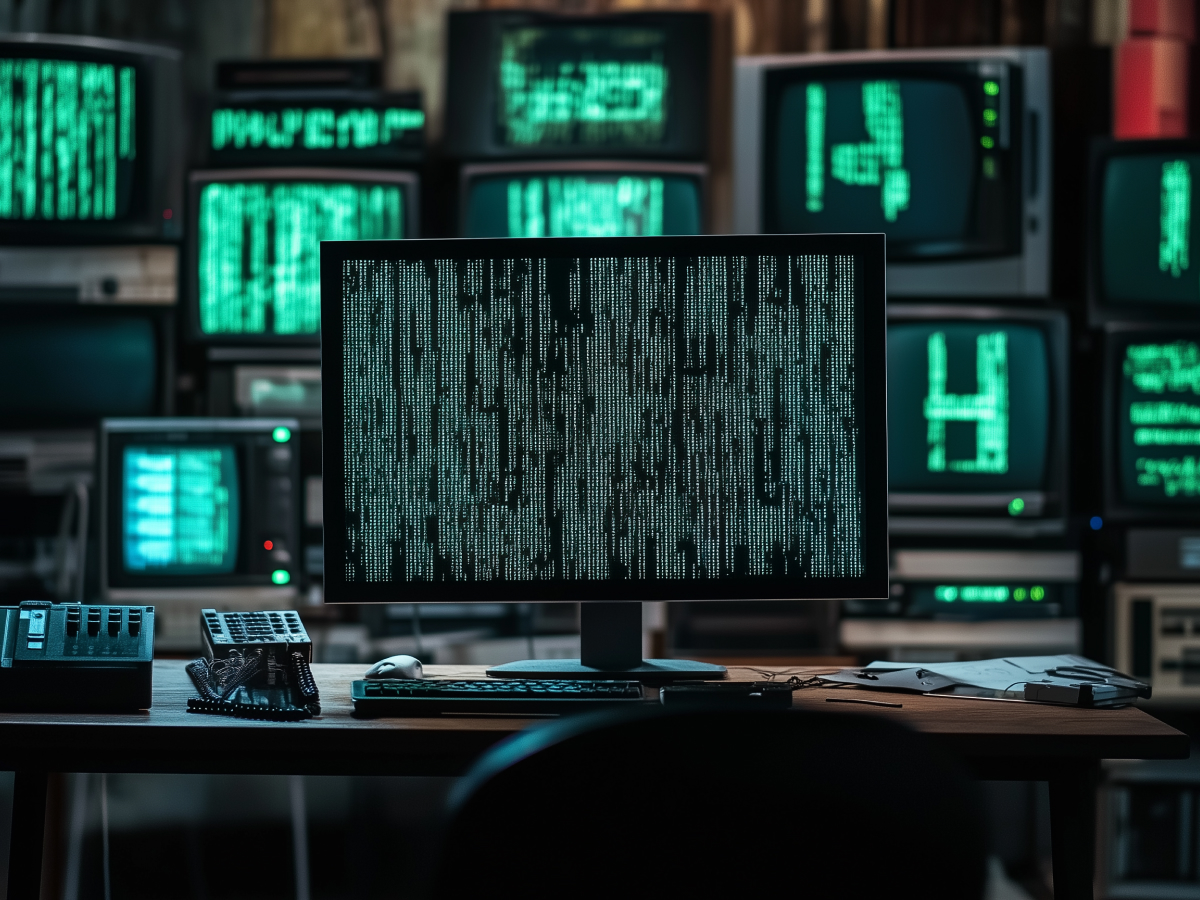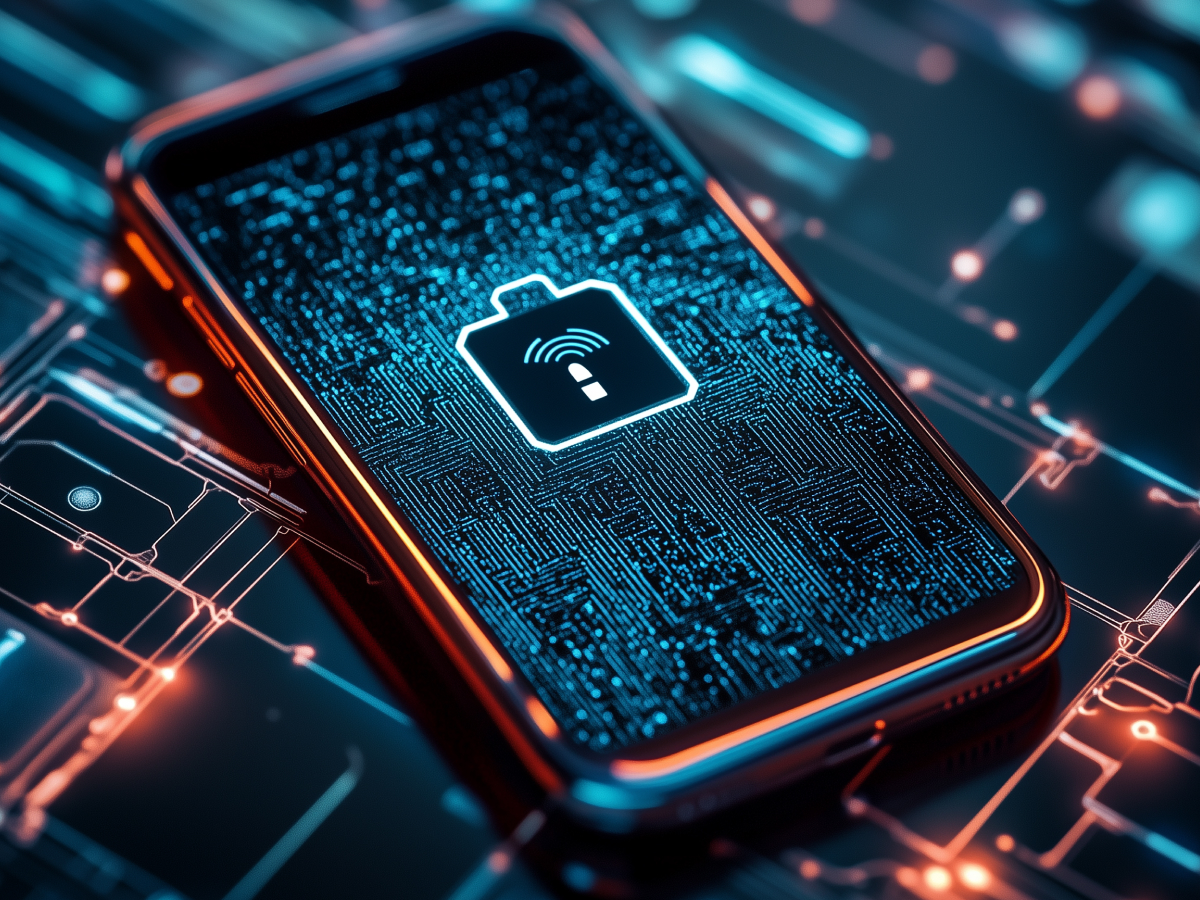The U.K. introduces the AI cyber code of practice to strengthen AI security
AI is the most powerful tool of our time, but like all powerful tools, it comes with risks. The U.K. government gets this, which is why they just rolled out the world’s first AI Cyber Code of Practice. It’s a voluntary set of principles aimed at making AI systems more secure, something every business that touches AI should care about.
Here’s the reality: AI is great at solving problems, but it also creates new ones. Cyberattacks targeting AI systems are on the rise, and poorly designed AI can expose businesses to security vulnerabilities they never saw coming. This new framework isn’t about slowing down AI innovation, it’s about making sure the systems you rely on don’t become liabilities.
The Code applies to developers, system operators, and data custodians, basically anyone building or deploying AI systems. If you sell AI models or components, other guidelines cover you. The goal is simple: secure AI without killing innovation. Recommendations include staff training, risk assessments, and clear communication with end-users about data usage. It’s about building AI with security baked in from day one, not as an afterthought.
The code outlines key security principles for AI development and deployment
A weak AI security posture can wreck even the most promising business. The AI Cyber Code of Practice lays out 13 principles designed to keep your AI systems resilient. Think of these as fundamental security hygiene for AI development and deployment.
The first principle? Know your risks. AI security threats change fast, and most businesses aren’t keeping up. Training your team on AI security and updating that training regularly isn’t optional. Another principle is design for security, not performance. Too often, AI models are built for speed and functionality while security gets ignored. That’s how you end up with data poisoning attacks, where bad actors manipulate AI training data to skew results.
Other key principles include documenting AI assets, restricting access, securing supply chains, and maintaining regular security updates. Every AI system should be tested rigorously to prevent reverse engineering, where attackers extract proprietary information or training data. The takeaway here? AI security isn’t a one-and-done deal. It’s a constantly changing process that companies need to take seriously.
The U.K. pushes for stronger cybersecurity measures in software development
The U.K. is taking on cybersecurity at large. The country’s National Cyber Security Centre (NCSC) is calling out software vendors for a long-standing issue: “unforgivable vulnerabilities.”
What does that mean? It’s when companies push software to market while ignoring well-documented security flaws that are easy to fix. This happens all the time. Businesses rush to launch new features, leaving gaping security holes in their products. Hackers love this.
Software companies need to stop prioritizing speed and features over security. That’s why the U.K. is also introducing the Code of Practice for Software Vendors, aimed at making security a non-negotiable part of software development. The best approach? Treat security as integral to product design, not something you patch up later.
For businesses, this is a wake-up call. If you’re buying AI tools or software, don’t just look at features, look at security. If a vendor can’t demonstrate their commitment to cybersecurity, their product is a liability.
The U.K. forms an international cybersecurity workforce coalition
AI and cybersecurity are global challenges, so it makes sense to tackle them with global solutions. That’s why the U.K. has partnered with Canada, Dubai, Ghana, Japan, and Singapore to launch the International Cybersecurity Workforce Coalition.
Here’s the issue: There aren’t enough cybersecurity professionals to handle the increasing complexity of digital threats. The industry has a huge skills gap, and the only way to fix it is through collaboration. This coalition is designed to align training programs, standardize cybersecurity terminology, and share best practices across borders.
Another big issue? Diversity. Right now, only one in four cybersecurity professionals is a woman. That’s bad for equality and bad for business. More perspectives lead to better security solutions. The coalition is making this a priority, working to make cybersecurity a more inclusive field.
For C-suite executives, this means two things:
- Expect better global cybersecurity standards: Companies in these regions will have more skilled professionals and stronger policies.
- Invest in cybersecurity talent now: Whether it’s training existing employees or hiring new experts, companies that take security seriously win in the long run.
U.K. businesses face new cybersecurity challenges
If you think cybersecurity isn’t a pressing issue for your company, think again. Recent research paints a stark reality:
- 87% of U.K. businesses are unprepared for cyberattacks.
- 99% have experienced at least one cyber incident in the past year.
- Only 54% of IT professionals feel confident they could recover company data after an attack.
Those numbers are a disaster waiting to happen. In December, the head of the National Cyber Security Centre warned that the U.K.’s cyber risks are widely underestimated. That’s why businesses shouldn’t wait for regulations to force action, adopting the AI Cyber Code of Practice now is a competitive advantage.
“Customers, investors, and partners want to know that your AI systems and data are secure. If you wait until after a breach, you’re already losing.”
The takeaway here is simple: AI security isn’t optional. The businesses that move first, securing their AI systems and eliminating cybersecurity risks, will be the ones leading the industry.
Final thoughts
The AI Cyber Code of Practice is about more than compliance, it’s about building AI the right way. The companies that prioritize security today will be the ones shaping an AI-driven economy.
Cybersecurity is a boardroom issue, a market differentiator, and, ultimately, a business survival issue. If your company is serious about AI, it should be just as serious about security.
Because in the end, the best AI system in the world is worthless if it isn’t secure.
Key executive takeaways
- AI security transformation: The UK’s AI Cyber Code of Practice sets a global benchmark by establishing a framework to secure AI systems against cyber threats. Leaders should consider integrating these guidelines to safeguard innovation and maintain competitive advantage.
- Comprehensive risk management: With 13 defined principles covering risk assessment, staff training, secure infrastructure, and supply chain security, the Code emphasizes end-to-end security. Decision-makers should incorporate these measures into their strategic planning to mitigate vulnerabilities.
- Global cybersecurity alignment: The UK’s initiative, coupled with its international cybersecurity workforce coalition, reflects a coordinated global effort to standardize and elevate cybersecurity practices. This alignment presents an opportunity to tap into emerging best practices and address the cybersecurity skills gap.
- Business resilience and competitive edge: Recent data shows 87% of UK businesses are unprepared for cyberattacks, making proactive adoption of comprehensive security frameworks invaluable. Executives should prioritize AI security improvements to build resilience and instill trust among stakeholders.





